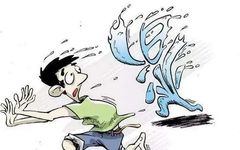Promoting health knowledge for a better life
Click below to follow for free↓↓↓
In the human body, when dampness is predominant, the movement of Yang Qi is easily obstructed, leading to stagnation. Excess Qi can turn into fire; when fire combines with dampness, it transforms into damp-heat, and in some cases, even damp-toxicity. Due to the downward nature of dampness, it easily leads to damp-heat accumulation in the lower parts of the body, resulting in related diseases such as gynecological leukorrhea, prostatitis in men, chronic enteritis, athlete’s foot, eczema, etc.
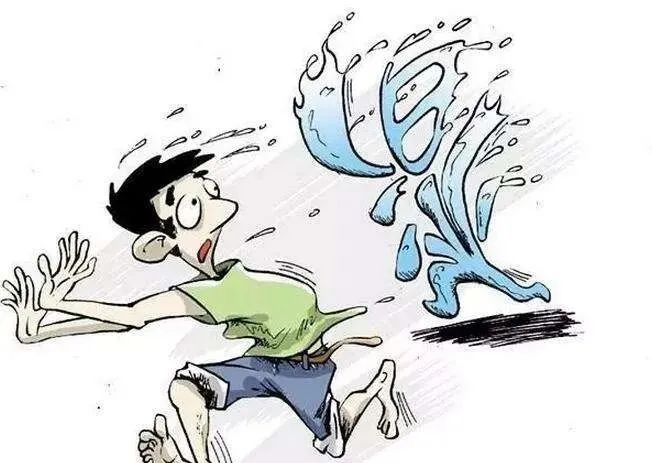
Dampness is a Yin pathogen, belonging to the water category, characterized by heaviness, turbidity, and stickiness. When dampness combines with heat, it forms damp-heat, leading to dampness and heat intertwining, with dampness obstructing and heat becoming intense, causing a diffuse condition affecting the San Jiao.
The San Jiao is the pathway for the rise and fall of Qi, serving as the channel for the movement of Yang Qi and body fluids. The acceptance, digestion, and transformation of food, as well as the metabolism of essences, are all related to the Qi transformation function of the San Jiao. As stated in the “Nanjing, Difficulty 66”: “The San Jiao is the separate official of the original Qi, governing the passage of the three Qi and traversing the five organs and six bowels.” This indicates that the San Jiao can circulate the original Qi to reach the entire body, promoting the functions of the organs.
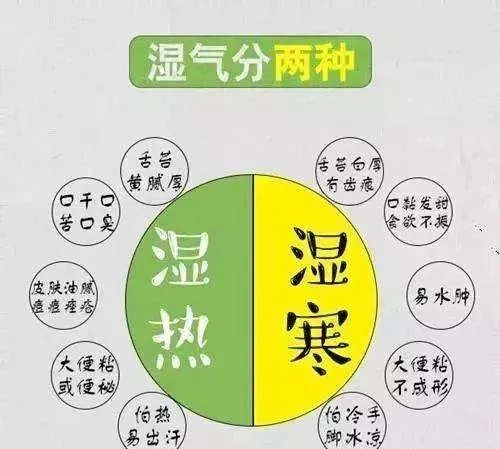
At the same time, it is also the pathway for the movement of body fluids, presiding over the metabolism of body fluids. In the “Suwen, Linglan Secret Classic” it states: “The San Jiao is the official of drainage, from which the water pathway emerges.” The “Nanjing, Difficulty 31” also states: “The San Jiao is the pathway for food and drink, where Qi begins and ends.” The “Lingshu: Yingwei Shenghui” points out: “The upper is like mist, the middle Jiao is like fermentation, and the lower Jiao is like drainage,” indicating that the San Jiao also presides over the Qi transformation function of the body.
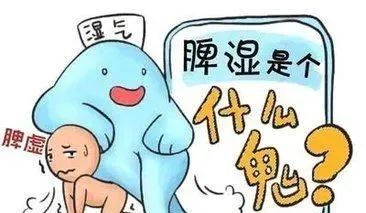
As stated in the “Lingshu, Wulou Jin Ye Bie”: “If the San Jiao does not drain, the body fluids do not transform; food and drink remain in the intestines and stomach, separated in the ileum, and if retained in the lower Jiao without permeating the bladder, it leads to distension in the lower Jiao, and if water overflows, it results in edema.” If damp-heat stagnates, the San Jiao becomes obstructed, Qi movement is hindered, Qi transformation is impaired, and the metabolism of body fluids is obstructed, leading to various diseases.
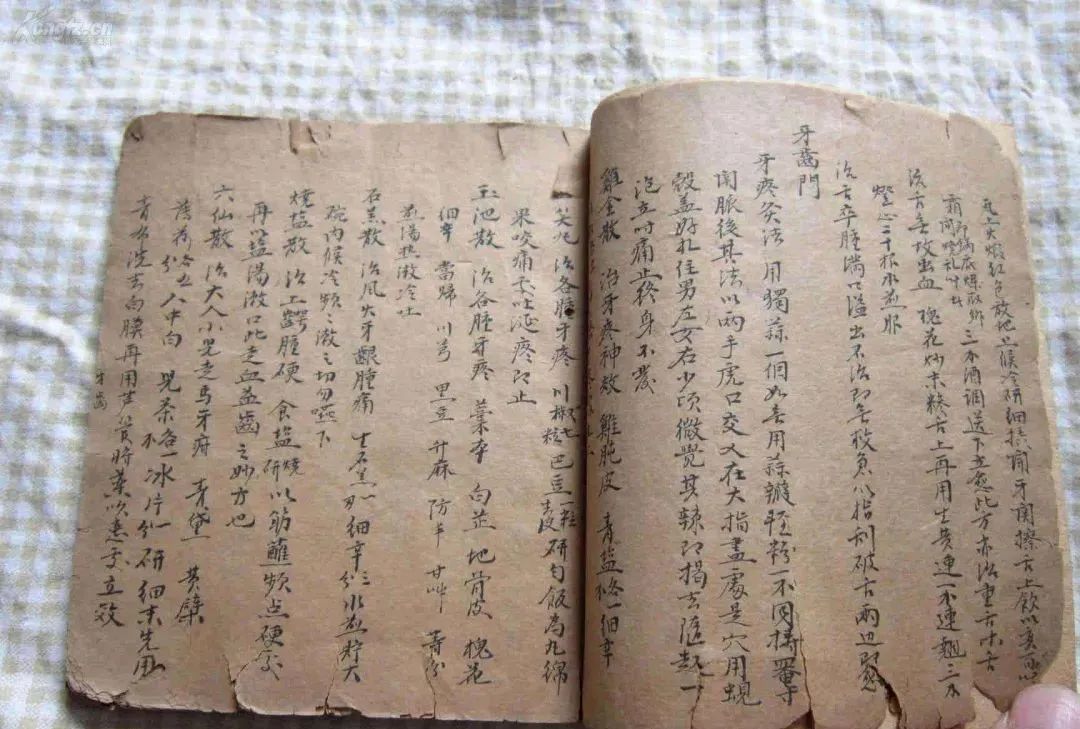
Damp-heat syndrome, with dampness obstructing and heat steaming, spreads throughout the San Jiao, lingering in the Wei Qi, and with heat residing in dampness, damp-heat becomes intertwined, like oil in flour, difficult to separate. Heat relies on dampness; if dampness does not leave, heat cannot be cleared; if dampness is removed, heat cannot exist independently. Therefore, effectively removing dampness to separate it from heat is the key to treating damp-heat syndrome.
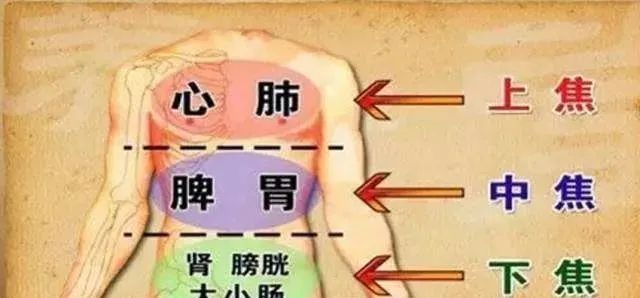
Regulating damp-heat
In fact, regulating damp-heat is like washing dirty clothes; once cleaned, the clothes should be promptly hung out to dry, allowing the moisture to dissipate naturally, rather than keeping them covered or heating them, which would cause them to smell and mold.
Thus, the best method for treating damp-heat syndrome is not to target the “heat pathogen” with medication, but to target the “damp pathogen” instead, using diuretic herbs to eliminate dampness, separating dampness from heat, allowing the body’s Yang Qi to rise naturally, thus reversing the disease mechanism of “damp obstructing Qi movement,” and resolving the issue.
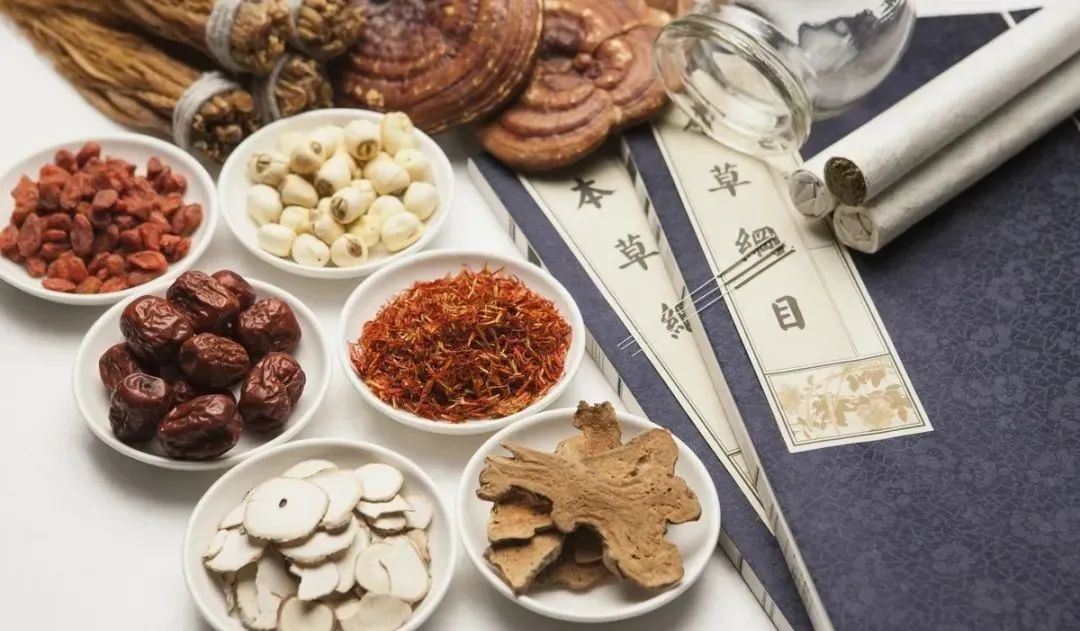
To combat dampness, the key lies in regulating the spleen
Have you ever wondered why dampness first attacks the spleen and stomach?
Although the kidney belongs to water, and we can use diuretic herbs to reverse the damp-heat syndrome, if the source of dampness is not addressed, dampness will return after it leaves, leading to recurrent episodes.
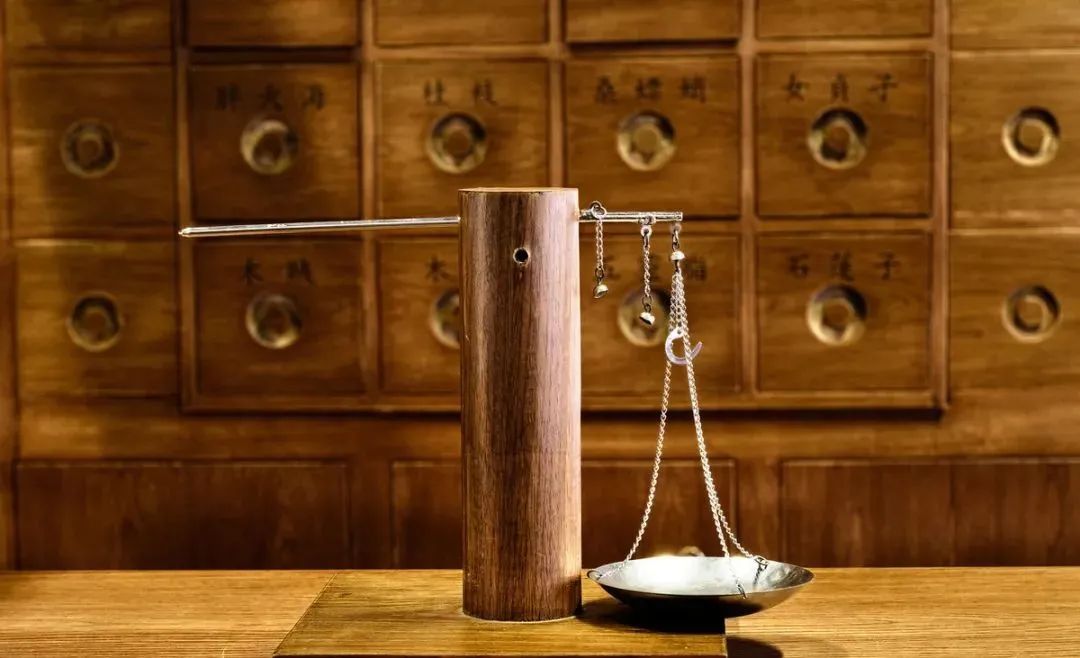
Moreover, the spleen can control kidney water; the generation of dampness must be traced back to the earth. “The spleen and stomach belong to earth; the stomach likes dampness and dislikes dryness, while the spleen dislikes dampness and likes dryness.” The generation of dampness is closely related to the dysfunction of the spleen; when the spleen fails to function properly, it easily leads to the retention of water and dampness, transforming into damp pathogens.
From the above analysis, it can be concluded that the key to regulating damp-heat syndrome is to eliminate dampness; only by removing damp pathogens can the disease mechanism be reversed, and strengthening the spleen is the best way to promote the metabolism of water and dampness, fundamentally regulating the dampness issue.
Providing health knowledge for you
Click below to follow for free↓↓↓
Editor shares good articles with friends
1. Lower Jiao damp-heat? Using Long Dan Pian (Gentian Decoction) always recurs? Here’s a tip on how to use it correctly
2. What are the manifestations of damp-heat constitution? What is it related to? How to improve?
3. So precious! Over 800 folk remedies, no illness cannot be treated, save for future use!
4. Traditional Chinese Medicine: Is spleen deficiency often due to liver Qi stagnation? A single Chinese patent medicine can regulate both liver and spleen
Like is a form of encouragement Share to spread joy

